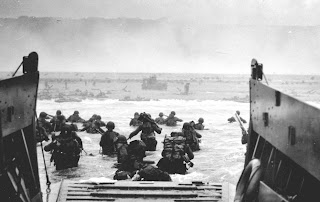1. Explain what happened to the man that was killed by the subway and how the photographer was able to take the photo.
Well it all started out by some thug and the guy that got killed, they we're having a fight about something and the thug got mad and pushed the guy onto the train tracks.
2. Why did the photographer say he took the photo?
2. Why did the photographer say he took the photo?
He was trying to signal the guy that was driving the train that someone was on the train tracks and to stop.
3. Do you think the photographer should have taken the photo?
3. Do you think the photographer should have taken the photo?
Well as terrible as it sounds, yes i think he should have so police can see what happened.
4. Do you think the photographer did the best thing he could have done in this situation? Why or why not?
4. Do you think the photographer did the best thing he could have done in this situation? Why or why not?
Well trying to signal the train was good but he could have ran over their and pulled the guy outta the train tracks. so i pretty much think hes dumb from not doing that.
5. Do you agree or disagree with the decision to run the photo on the front page of the New York Post? Explain why or why not.
5. Do you agree or disagree with the decision to run the photo on the front page of the New York Post? Explain why or why not.
Well no because that's really messed up because this Aint supposed to be for the whole world to see, yes they can write about what happened but don't post a picture of the man that died.
6. What is more important to a photojournalist, capturing images of life as it happens or stopping bad things from happening? Why or why not?
6. What is more important to a photojournalist, capturing images of life as it happens or stopping bad things from happening? Why or why not?
Well i think its about capturing images of life because some photojournalist go threw some crazy stuff just to get a picture of what they want. Some even go threw dangerous situations just to get a picture so yes i think they care more about their pictures then stopping bad things from happening.
7. Do you think it is ever ethically acceptable for a photographer to involve himself/herself in a situation that he or she photographs? Explain why or why not.
7. Do you think it is ever ethically acceptable for a photographer to involve himself/herself in a situation that he or she photographs? Explain why or why not.
Well yes indeed because they are the ones who took the picture.
8. Should photojournalists always avoid influencing events as they happen? Explain your answer.
8. Should photojournalists always avoid influencing events as they happen? Explain your answer.
Well no because that's what makes being a photojournalist exciting.
9. After reading the responses from the professional photographers, what stands out as the most appropriate response for a photographer to this situation.
9. After reading the responses from the professional photographers, what stands out as the most appropriate response for a photographer to this situation.
Ross tyler.

































